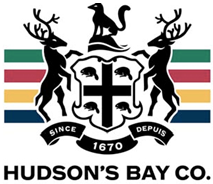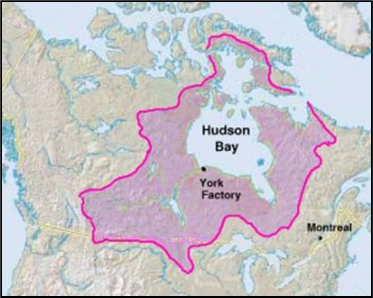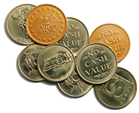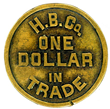


xxxxxThe Hudson Bay Company was established in 1670, based on the claim made to the region by the English navigator Henry Hudson sixty years earlier. Its major aims were to trade in furs and seek a north-
THE FOUNDATION OF THE HUDSON BAY COMPANY 1670 (C2)
Acknowledgement
Map (Canada): licensed under Creative Commons. User: Decumanus – en.wikipedia.org.
 xxxxxThe Hudson Bay Company was established by royal charter in May 1670, the right of occupation being based on the claim made to the region by the English navigator Henry Hudson sixty years earlier. It was to have two major aims: firstly to occupy the lands adjacent to Hudson Bay in order to trade in furs and any other profitable commodity, and, secondly, to seek a north-
xxxxxThe Hudson Bay Company was established by royal charter in May 1670, the right of occupation being based on the claim made to the region by the English navigator Henry Hudson sixty years earlier. It was to have two major aims: firstly to occupy the lands adjacent to Hudson Bay in order to trade in furs and any other profitable commodity, and, secondly, to seek a north-

xxxxxWith the British occupation of the area to the south of Hudson Bay, the French now found themselves sandwiched between the company's forces to the north and the Iroquois, supported by the English and Dutch, to the south. In response, the Comte de Frontenac, the governor of the newly established colony of New France, made advances into the interior during the early 1670s -
xxxxxIn 1783 a group of independent traders known as the North West Company was formed, and this gave rise to bitter competition, sometimes verging on open warfare, but in 1821 the two companies were merged and the name Hudson Bay was retained. For the next 50 years the Company remained the administrative power in the land, but its authority came to an end in 1870, when the government of Canada purchased the vast part of its territory. Today, the Company is still the biggest fur trader in Canada, but it also has a big chain of department stores, together with interests in real estate and natural resources. The Company's headquarters is in Toronto.


xxxxxIncidentally, the Company used to issue its own money. The fur traders were given brass tokens, and these could be used to buy food etc. from the company store.
C2-


